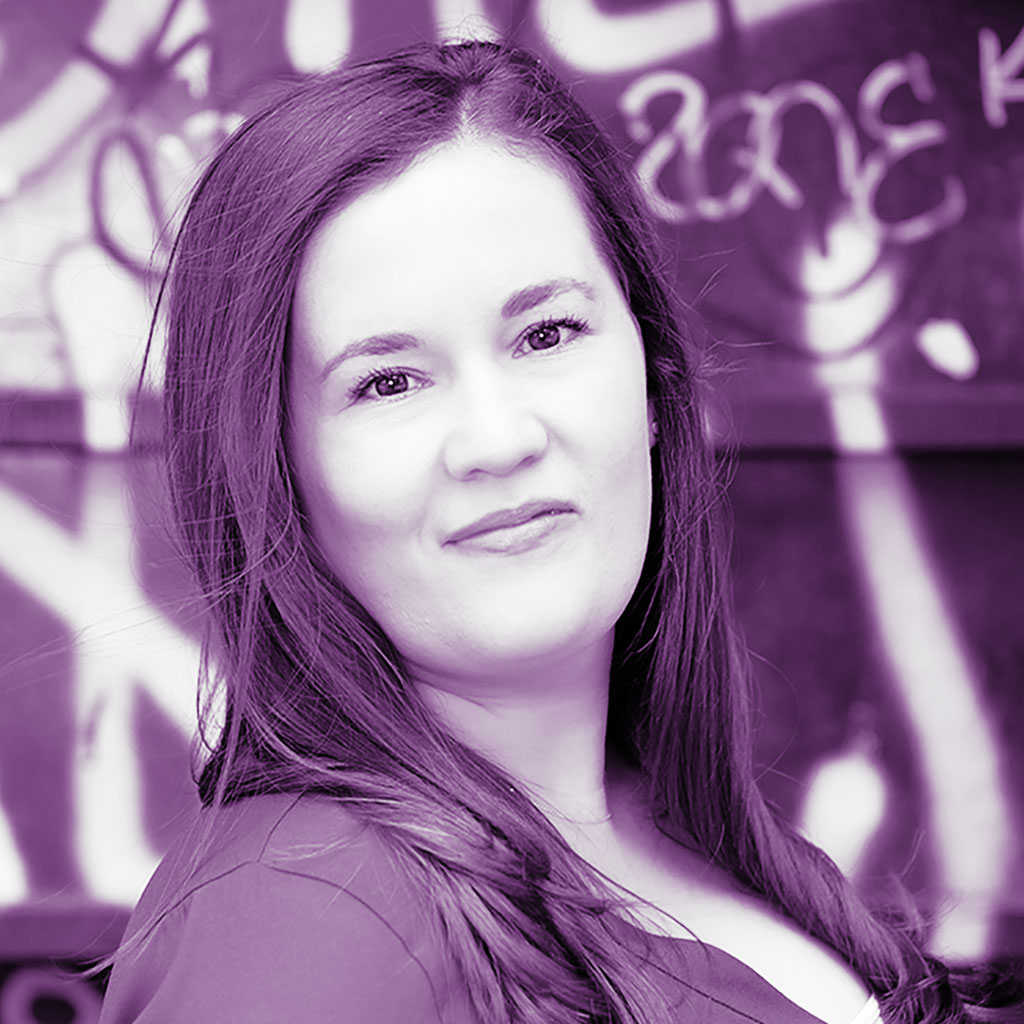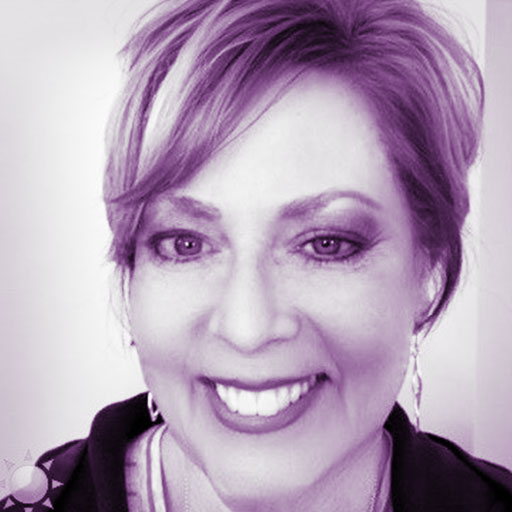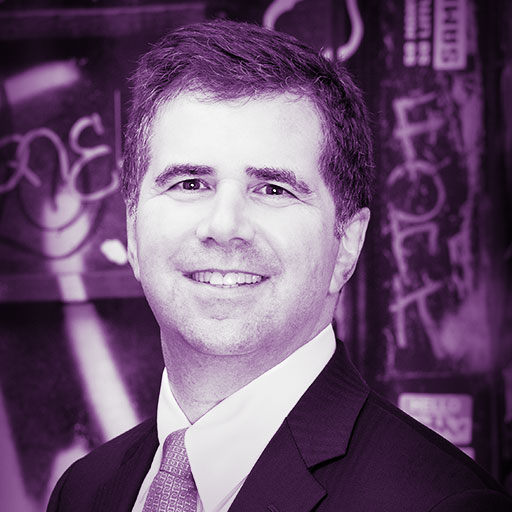Episode 79: IVF in the ‘90s vs Today
Infertility is already hard and complex, even with the advanced medicine and technology we have today, but imagine trying over 20 years ago, when commonplace protocols were still being developed. The first baby born via IVF is only 42 years old, and a lot has happened since then.
In today’s episode, we dive into the evolution of IVF over the last 42 years and hear how the challenges of the ‘80s and ‘90s led to technological advancements and the carefully curated protocols we see in fertility clinics today.
We also hear from Sue Johnston, an infertility advocate, who walks us through her fertility journey. Her story spanned during the ‘80s and ‘90’s and a lot different than one may experience today. Sue’s story, one filled with perseverance and a passion to keep fighting, is highlighted alongside a medical history of IVF, discussed by Dr. Alan Copperman.
Guests: Sue Johnston, Infertility Advocate and Author
Expert: Dr. Alan Copperman, Medical Director at Progyny
Host: Lissa Kline
Here are some highlights from this episode:
Wanting a Big Family
3:23-4:52
Sue Johnston: I was the youngest of four children. And I used to always ask my mom for a baby brother or sister, and she said, “You’re going to be the youngest of four kids and you might as well just realize that when you grow up, you can have as many children as you want.” And I remember that I actually wanted to become an elementary school teacher because I thought I could nurture kids. I always loved kids. And I thought I would love to be a mom one day. And when my mom told me that, it always rang in the back of my head, I could have as many kids as I wanted someday, but it doesn’t always turn out that way.
Lissa Kline: This story takes place in the late ‘80s and early ‘90s. But right off the bat, I think it’s impossible to miss just how universal and timeless the problem of infertility is to those who face it.
Sue Johnston: You’re trying so hard to make sure that you’re ready and wanted to meet the right person. And then when it comes time to trying and everything you’ve thought about your life is turned upside down. You just don’t realize how difficult it can be to get pregnant. You keep thinking that, if you blink your eyes the wrong way, you’re going to get pregnant and it doesn’t happen that way.
Lissa Kline: Sue wanted what so many of us want, to find someone to love, get married, and have lots of babies. And she did find someone to love and to marry a young commander in the US Navy named Bob.
Infertility & the Military
6:38-7:52
Sue Johnston: So, my husband was a Surface Warfare Officer. He served our country for 26 years. And if you add up all the years that my husband was at sea, it was 11 years of his life. That’s a long time and lots of separation. That was a lot and when you’re trying to combine that with infertility treatment, I mean, the Navy doesn’t take into account that you are in the middle of a cycle, or that you are going to be trying to do an in vitro or whatever. Infertility is hard enough. When you throw in the Navy on top of it, it was really hard.
Lissa Kline: We asked Sue to give us an example of how the Navy life made fertility treatments especially difficult.
Sue Johnston: We had like six weeks notice to go to the Philippines. And we were there overseas in a third world country after two years of trying. We were in the Philippines for two and a half years.
Lissa Kline: So I think it’s safe to say that Sue had some serious challenges to overcome in order to have a baby. But ultimately, she did find herself back in the US to try IVF.
IVF in the 90s vs Now
7:52-9:15
Sue Johnston: We were unexplained infertility. We had lots and lots of eggs, lots and lots of embryos. Many of them would go to blastocyst. It was the time before they’d had pre-genetic testing. And the theory back then was, let’s get as many good ones as we can and see how many we could put back.
Lissa Kline: This is a major difference between IVF in the 1990s and today. Best practices today for IVF include genetic testing and transferring a single embryo. I’m going to bring in Dr. Copperman to talk about this in a moment. But a big reason that doctors have stopped the practice of transferring multiple embryos, is that when you do transfer many embryos, you are putting the mother and babies at significant risk. It would be unheard of today, but for Sue’s first embryo transfer, they transferred six embryos.
Sue Johnston: And none of them made it. Eight embryos the second time and none of them made it. And then six embryos, the third time and none of them made it. And fresh was the way to go back then. Nobody did any of the frozen stuff. Everybody was like let’s do as many fresh, since it was not a good thing to freeze them. That’s a big difference now.
Infertility Changing Through the Years
9:29-12:51
Dr. Alan Copperman: The history of infertility treatment goes back centuries. But it wasn’t until the 1980s that we started to get good at taking eggs and sperm and putting them together in a dish and that revolutionized how we would treat somebody with fallopian tubes that were blocked. Little by little, infertility treatment with IVF became not just about tubal disease, but it became about male factor and endometriosis and age-related changes. And now today it’s incredible because IVF actually can fix almost all types of infertility and is now a very molecular treatment. So, we’ve gone from something that was incredible looking at eggs and sperm under a microscope to something that is looking at billions of millions of points of information on every single embryo. We’ve really seen an evolution of the treatment and of the technology.
Lissa Kline: IVF is commonplace these days. There are doctors in nearly every city and state that specialize in IVF. And millions of babies have been born through IVF. But IVF wasn’t always such a well-accepted treatment.
Dr. Alan Copperman: IVF was so controversial. There were headlines, it was thought that we were changing human history by creating life in a dish, that it was going to be some sort of a monster. It’s amazing. Now there are actually over 8 million IVF babies. Two and a half percent of the babies born in New York are from IVF. So, this is so common, and the babies are normal, and the babies’ babies are normal. So, we have actually realized that while people were afraid of technology, it’s been used to cure disease and promote families. It took a long time for IVF to become mainstream, it first happened in the United Kingdom. And then a couple of years later in the United States, and one by one clinics started to open up. But then technology got better and quality controls got better and it became more successful and the stories that you were hearing, were not a freak show or not that “this is unhealthy,” but patients and couples that dreamt of having a family were succeeding, and people became proud of accessing the technology. It was really a transformation that went from novelty to mainstream over a period of decades. But it scared a lot of people. In fact, it’s still scares people.
Lissa Kline: A big part of why IVF now is so mainstream, is that techniques and best practices have been improved drastically over time, leading to where we are today, where IVF has extremely high success rates compared to when it was first developed.
Dr. Alan Copperman: So, we used to take eggs, put 50,000 sperm on top of them, create a bunch of embryos and put in several embryos and hoping that one stuck. These days it’s completely different. Over the last five or six years, we’ve gotten really good at precisely picking the best egg, putting the right sperm inside of it, and then testing embryos using sequencing technology so we could identify the healthiest embryo. This is a lot of things. This allows us to put in just one embryo, so we don’t have to put in multiple embryos and risk twins and triplets which could create a lot of complications for a mom, and especially complications for babies, such as prematurity. It also paves the way for this personalized medicine generation. So, we now test mom and dad to see if they are carriers of hundreds of diseases. And if they carry a mutation for cystic fibrosis or Tay Sachs or sickle cell, we could test an embryo and make sure that we pick out an embryo that’s most likely to allow them to have a healthy child and not unhealthy.
Speaking Out
22:51-24:22
Sue Johnston: I still don’t think it’s that spoken about. I still think that infertility is a delicate subject. A lot of people, men and women I think, there’s a lot of shame associated with infertility.
Lissa Kline: And it’s because Sue sees infertility as something that is still not spoken enough about, that she decided to write and publish a book over her decade of trying to conceive. And since then, Sue has connected herself with the infertility community. She’s been working with Resolve, the National Infertility Awareness Association, since its inception, and she’s met a group of women who have helped support each other through all of their hardships.
Sue Johnston: Those are the women that helped me through the worst time of my life. And I actually wrote a book about the journeys of my friends and myself, and I donate my proceeds from the book to Resolve. The book is called Detours. Because we all had these detours and roadblocks and setbacks and you know, have to make a U-turn and this and that didn’t work. The tagline of the book is called unexpected journeys of hope, conceived from infertility. And my chapter is the first chapter in the book and very appropriately, I titled it, “Never tell a Navy wife to abandon ship.”

Host
Lissa oversees the Patient Care Advocates and the Provider Relations Team. She worked at Columbia University Medical Center for several years in the division of Reproductive Endocrinology and Infertility. Involved in Patient Services and the Donor Egg Program, she loved working with patients while they underwent fertility treatment. Lissa graduated with a Master of Science in Social Work from Columbia University.

Guest
Sue grew up in western Pennsylvania and was the youngest of four children. She used to beg her mom for a baby brother or sister. Her mom would say, “When you grow up, Susie, you can have as many children as you want. But you are going to be the “Baby of our Family.” She was just four years old when I decided to become an elementary teacher because then she could “have a whole classroom of kids.” She majored in English and Education in college and accepted my first teaching position in the Washington D.C. area right after she graduated.
Sue met her husband, Robert Johnston, a U.S. Naval Officer, when he was stationed at the Pentagon. She soon found out that although her mom was right about most things, she was sadly wrong about having as many kids as Sue wanted. However, she also taught Sue to never give up on pursuing her dreams. Sue and her husband Bob struggled for nearly a decade to have their one and only child. The Navy didn’t make infertility treatment any easier either. They moved 14 times in the first 12 years of their marriage and Bob was frequently deployed overseas… often for 6 months at a time. They even had a 2-1/2 year tour in the Philippines in the midst of their battle with infertility.
Although she didn’t choose to have infertility, Sue eventually found happiness after learning how to accept her resolution. Time has helped her accept that some things in life that are completely out of her control. Because infertility affected her profoundly, Sue wants to offer my support to the infertility community and what she wished she had known. Sue published Detours: Unexpected Journeys of Hope Conceived from Infertility in March of 2017. A portion of the proceeds from Detours will be donated to RESOLVE: The National Infertility Association.
Today, she lives in Brighton, Michigan with her husband, Bob, and their Airedale Terrier, Griff. Infertility was the most difficult thing that she faced in her life. However, today, instead of it consuming her, Sue uses it for the greater good.

Guest
Dr. Alan Copperman is a board-certified reproductive endocrinologist and infertility specialist with a long history of success in treating infertility and applying fertility preservation technologies. He serves as Medical Director of Progyny, a leading fertility benefits management company, and co-founded and serves as Medical Director of RMA of New York, one of the largest and most prestigious IVF centers in the country. Dr. Copperman is also the Vice Chairman and Director of Infertility for the Icahn School of Medicine at Mount Sinai, and Chief Medical Officer of Sema4, a health information company. Dr. Copperman has been named to New York magazine’s list of Best Doctors 18 years in a row. He has been recognized by his peers and patient advocacy organizations for his commitment to patient-focused and data-driven care. He has published more than 100 original manuscripts and book chapters on reproductive medicine and has co-authored over 400 scientific abstracts on infertility, in vitro fertilization, egg freezing, ovum donation, and reproductive genetics.
Music From This Episode:
Artist: Andy G Cohen
Track: A Perceptible Shift
URL: https://freemusicarchive.org/
Artist: Jason Shaw
Track: Acoustic Meditation
URL: https://freemusicarchive.org/
Artist: Lee Rosevere
Track: All The Answers
URL: https://freemusicarchive.org/
Track: Easy Life
URL: https://freemusicarchive.org/
Track: Sad Miramba Planet
URL: https://freemusicarchive.org/
Track: Small Steps
URL: https://freemusicarchive.org/
Artist: Philip Weigl
Track: Western Shores
URL: https://freemusicarchive.org/
Artist: Swelling
Track: Dawn II



